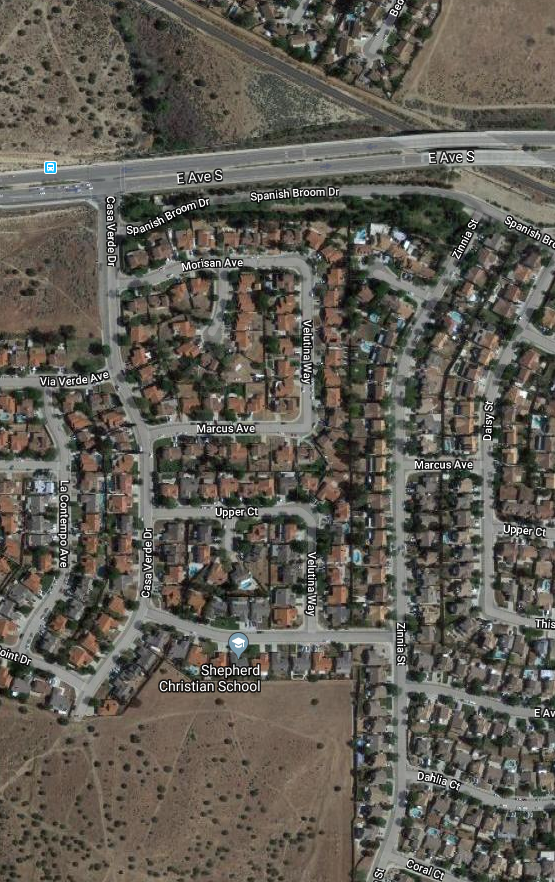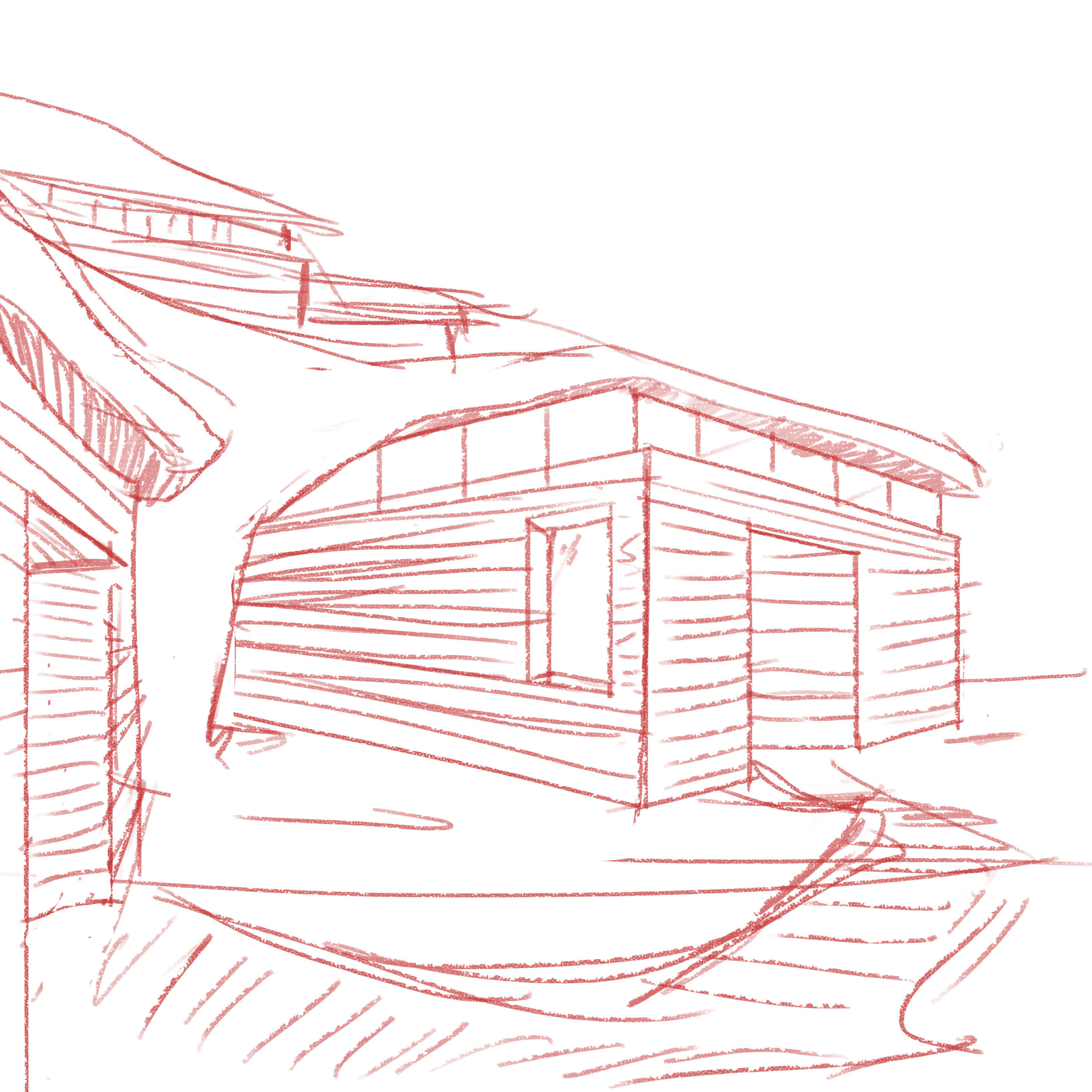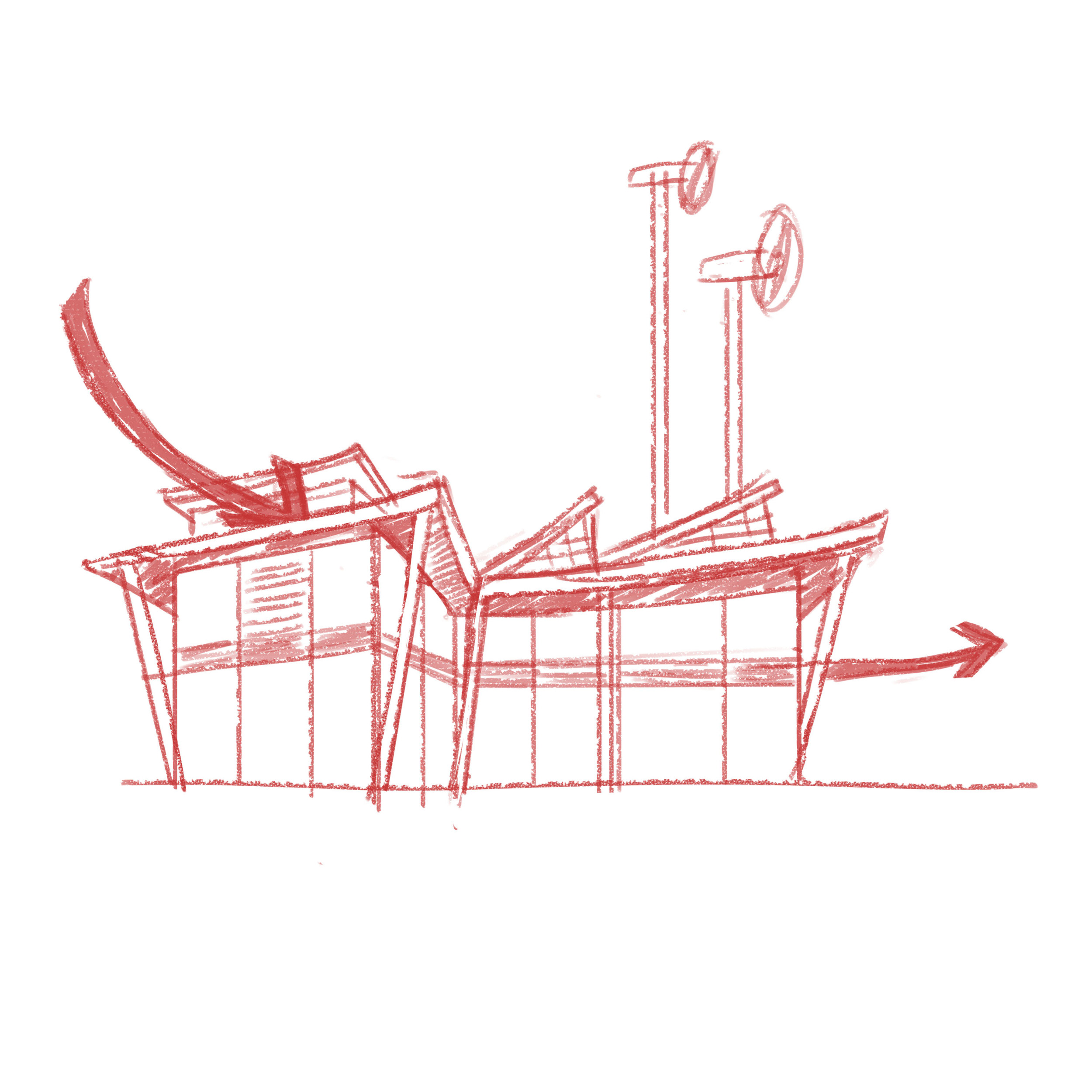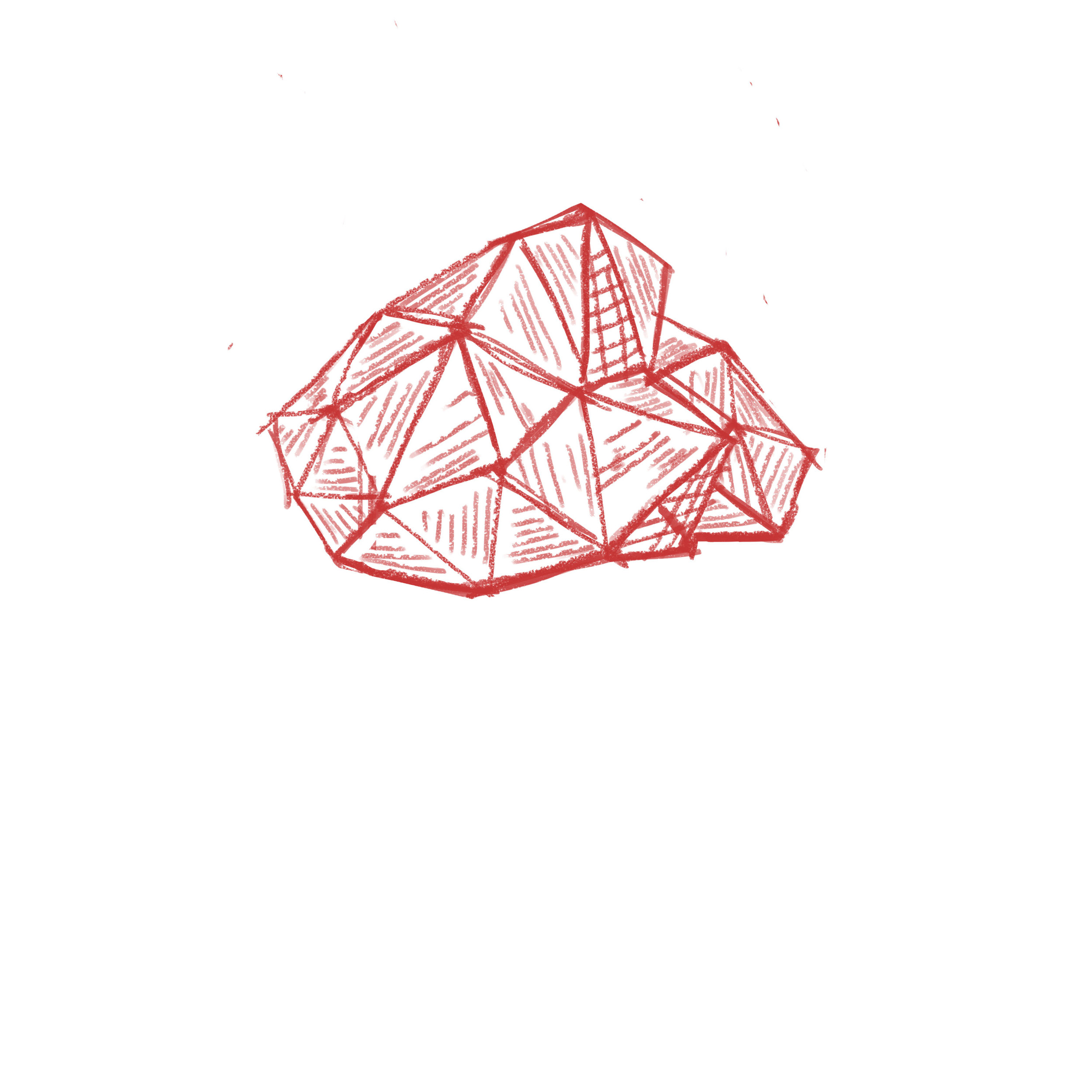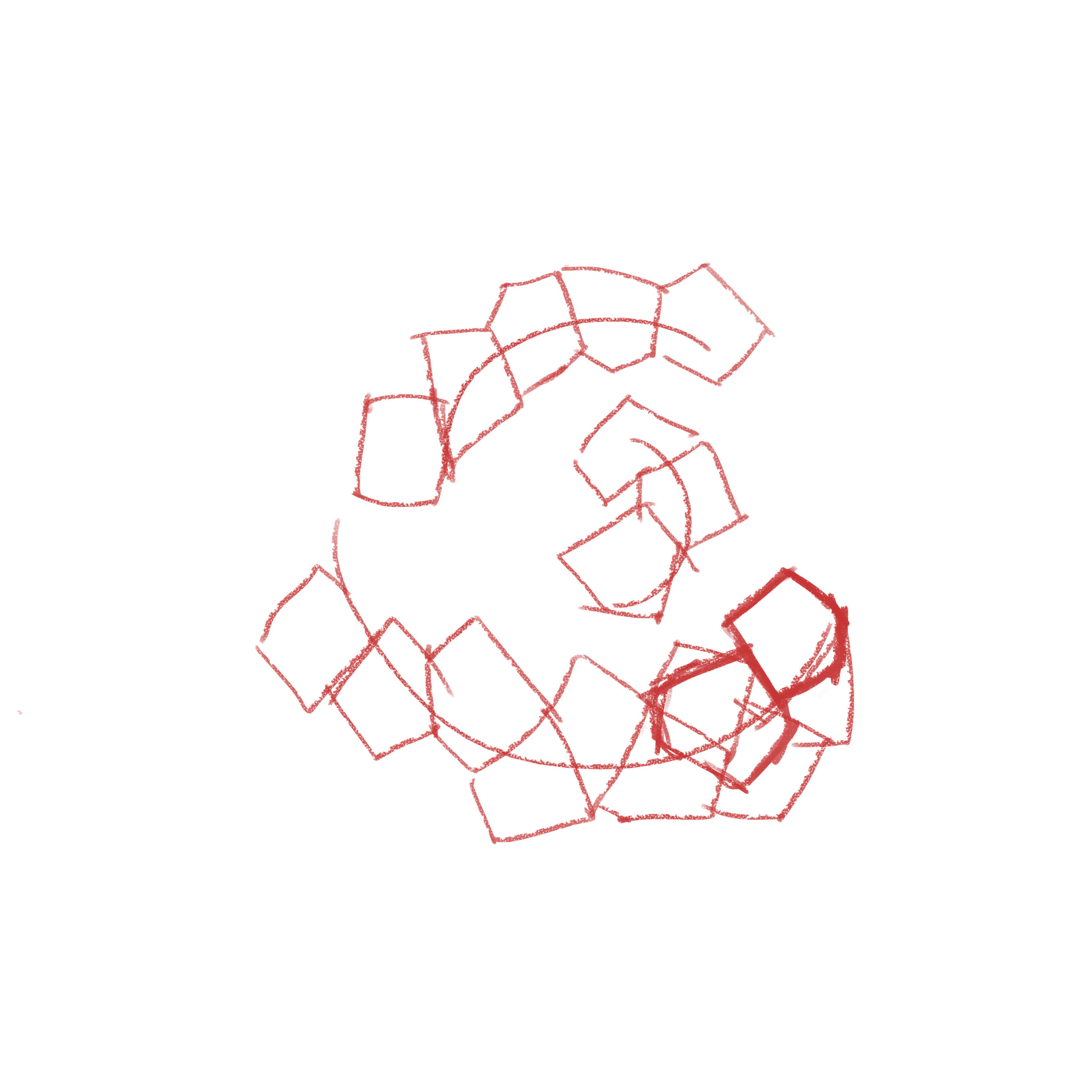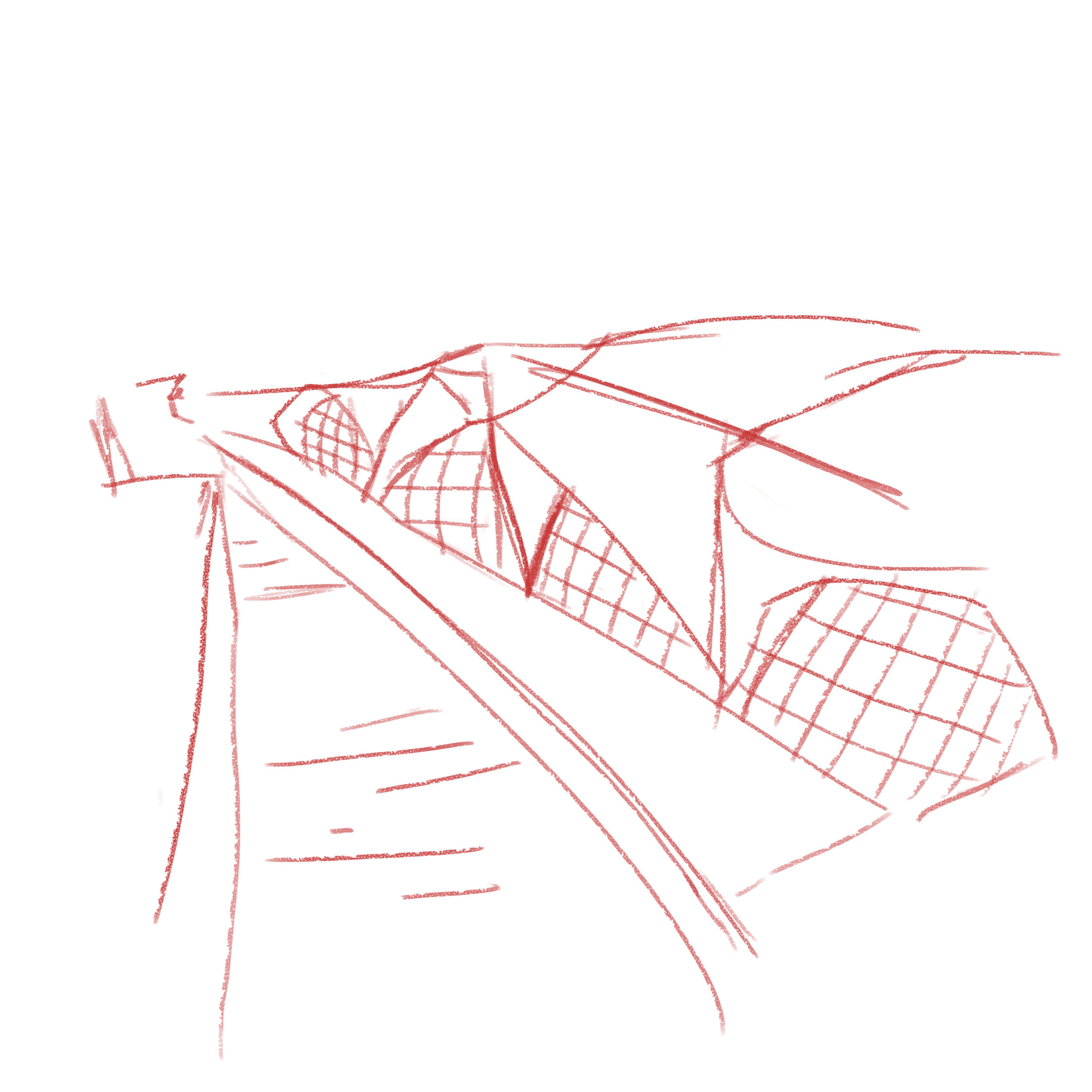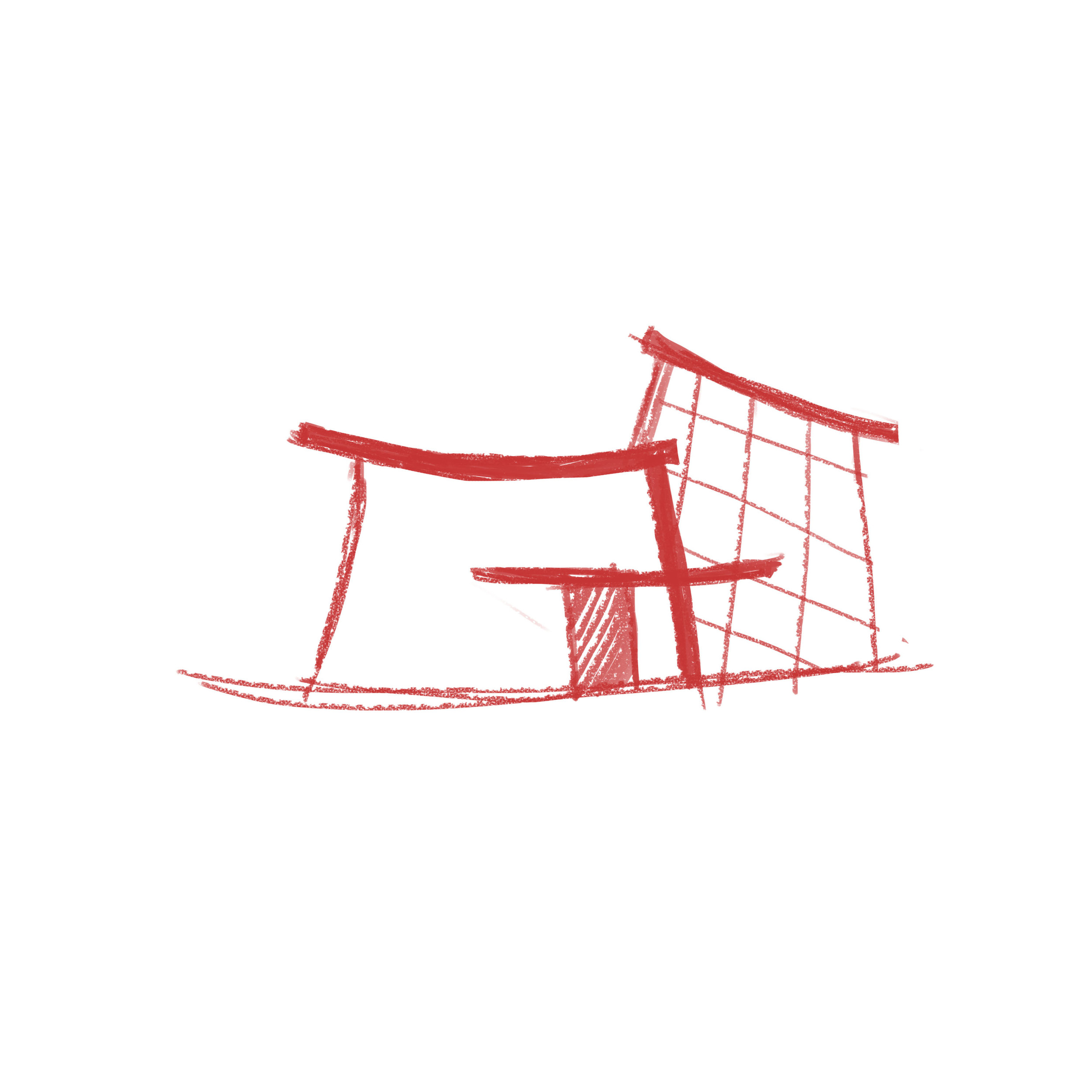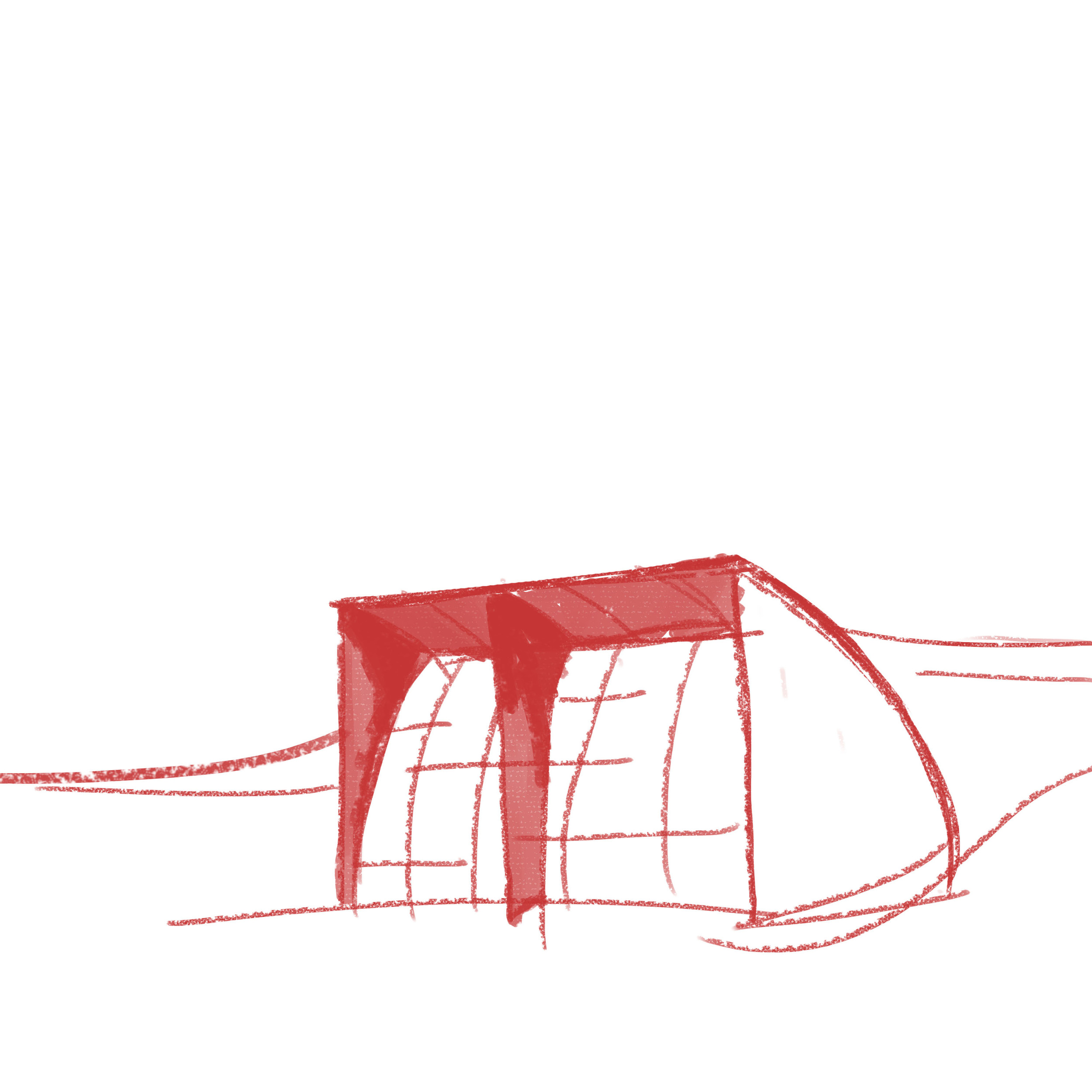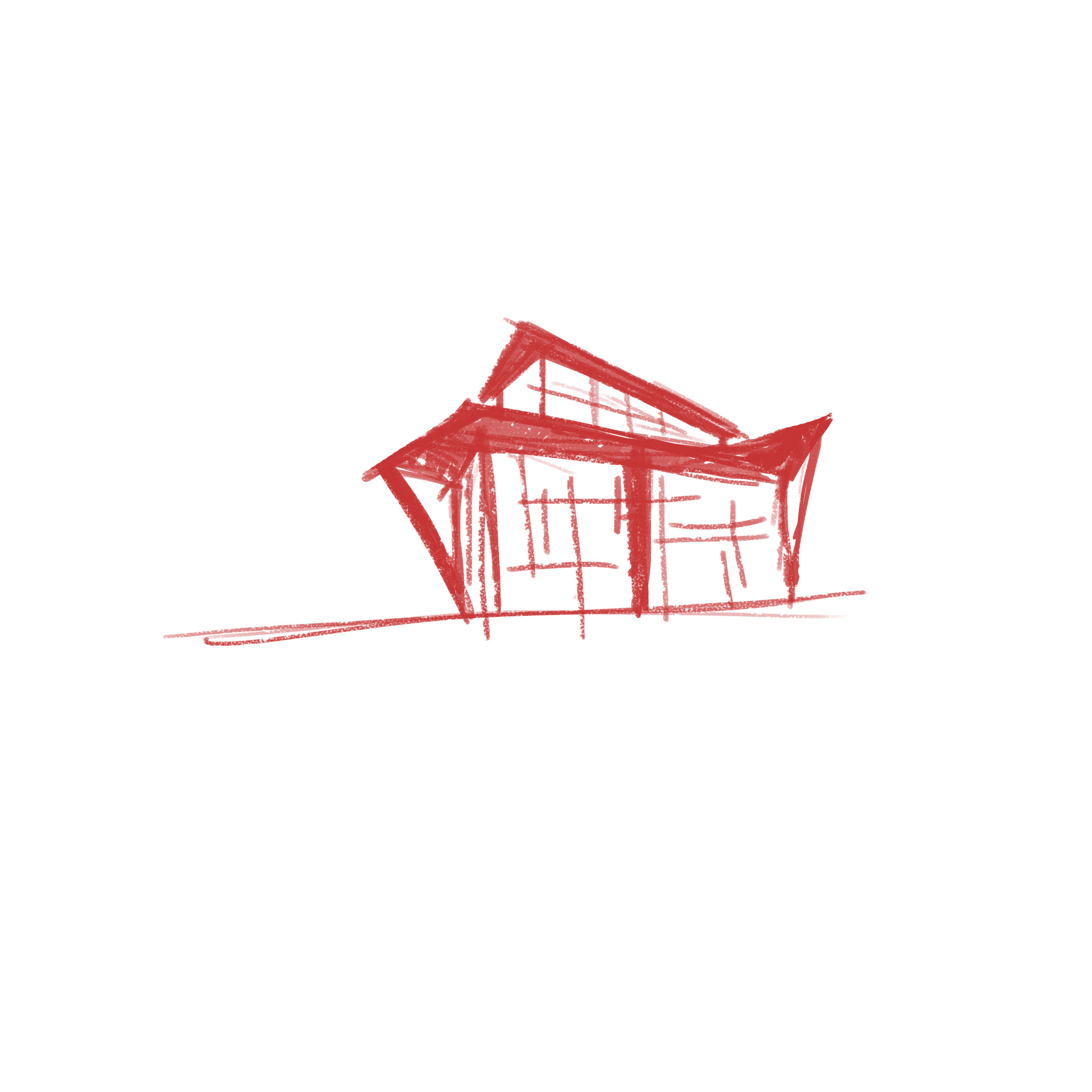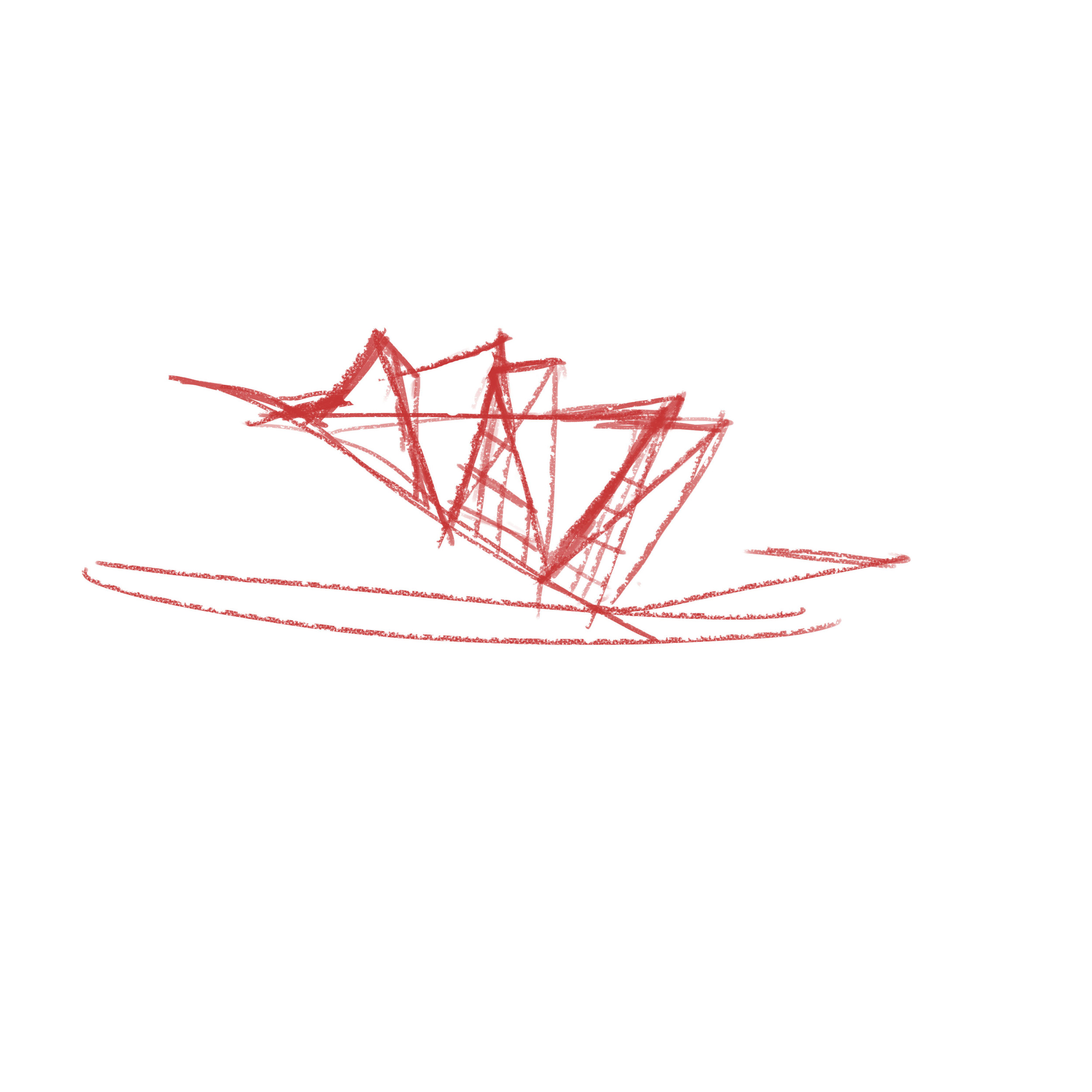INSTRUCTOR : Jeffrey Kipnis
KSA GRADUATE SCHOOL
The D3 housing competition focused on finding sustainable solutions to housing at any scale.
My take on this was finding ways to accommodate pop-up communities following industries. California specifically has a few of these, I grew up in one of them. Palmdale was a wild take on urban design. Streets were lined with green-ish grass and deciduous and pine trees. Though just one step outside of this perfectly tamed locale, you’ll end up in a true desert. Which, as the urban planners would have it, was a necessity for getting groceries.
As luck would have it, the desert dwellings developed their own vernacular. Using traditional building materials in a variety of configurations. Understanding both the opportunities of the dry climate but lacking the funds to deviate very far from “typical construction”.
My take is to lean into the unique climates. Develop the building materials to work with the desert environment and benefit from the variable geography
The huts would have different attributes based on the micro-climates of the site. Each would capitalize on a different sustainable attribute.
Unit types
Ridge- Wind harvesting and vertical walls and large panes to take advantage of unobstructed views.
Cliff- Conserve energy by maintaining temperature and fold out at clerestory height to allow natural light to penetrate deeper into the unit.
Valley - Solar harvesting and cross ventilated openings to force air through the unit to cool it down. Also opens up with more panels to avoid losing pv surface area on enclosure panels which are primarily facing downward on the exterior surface.


